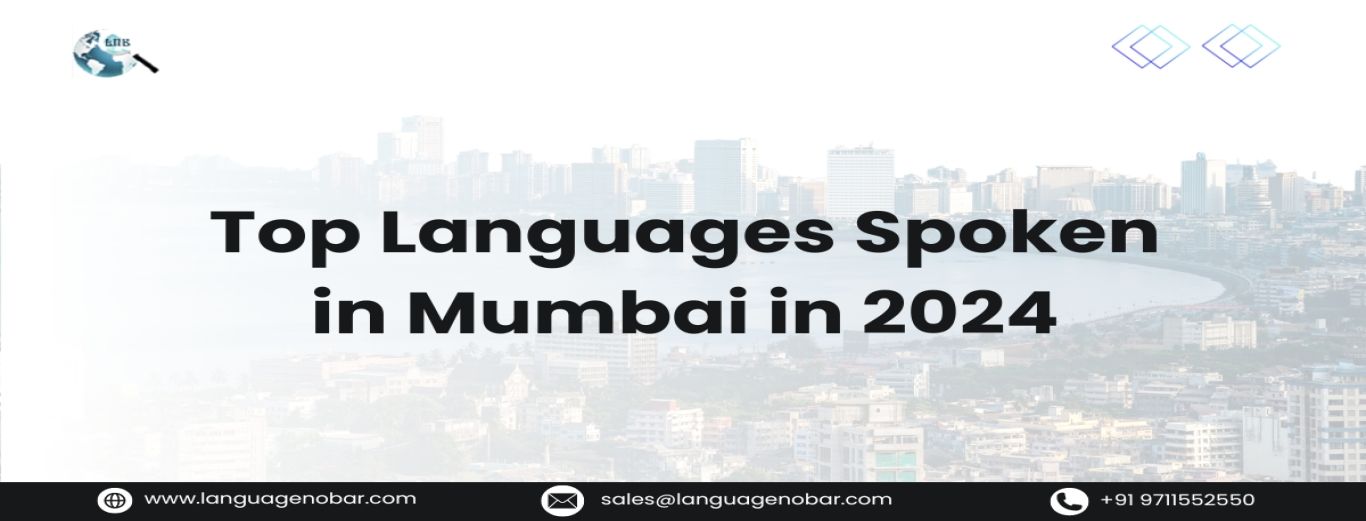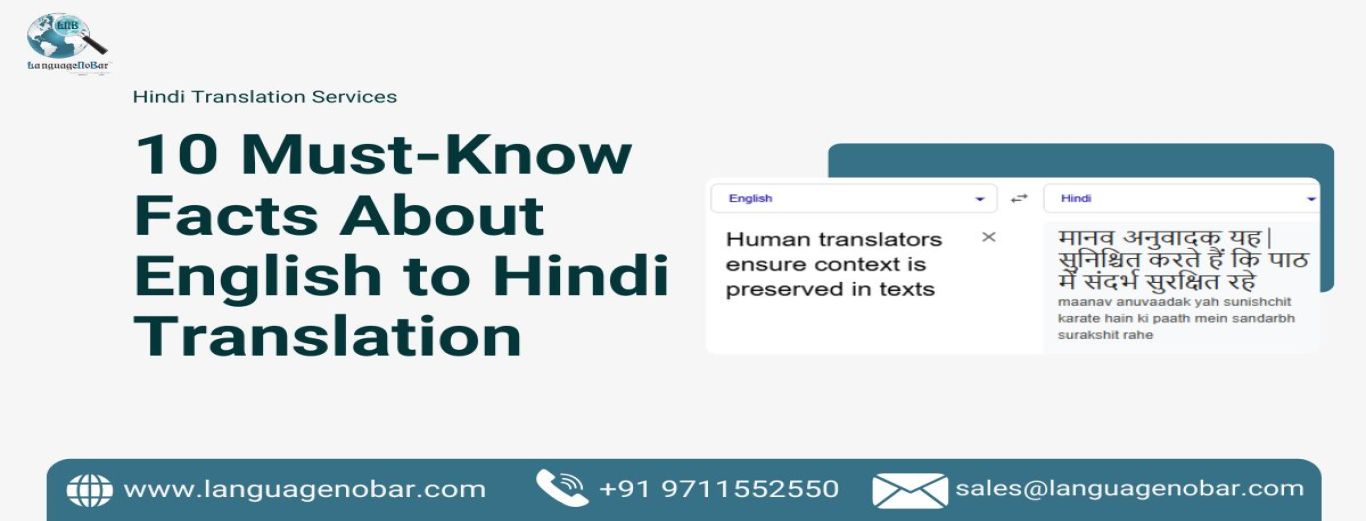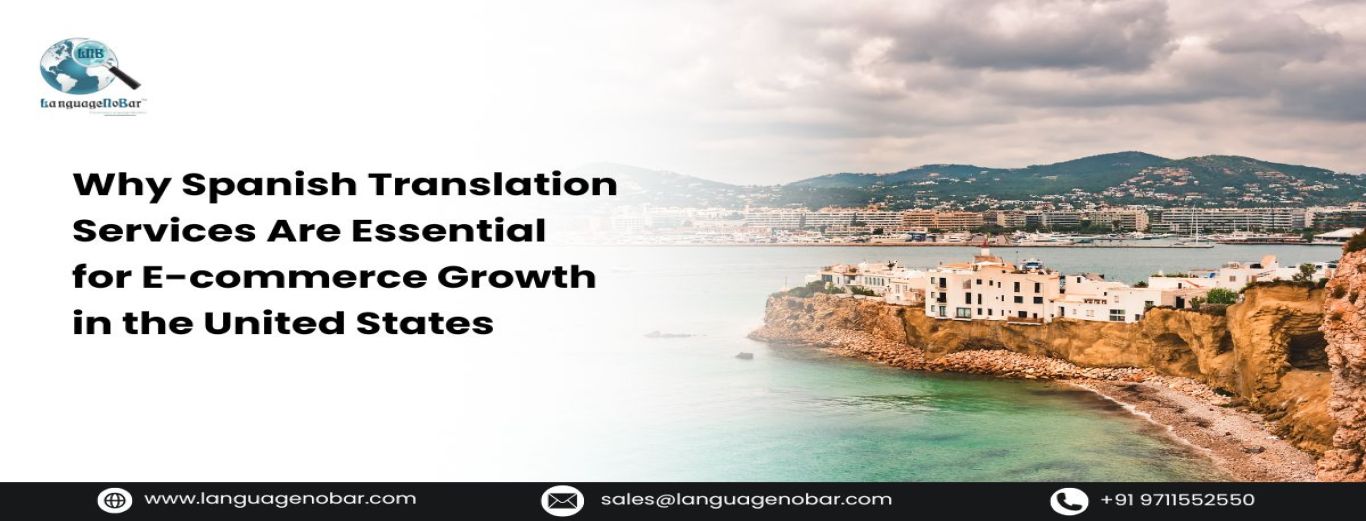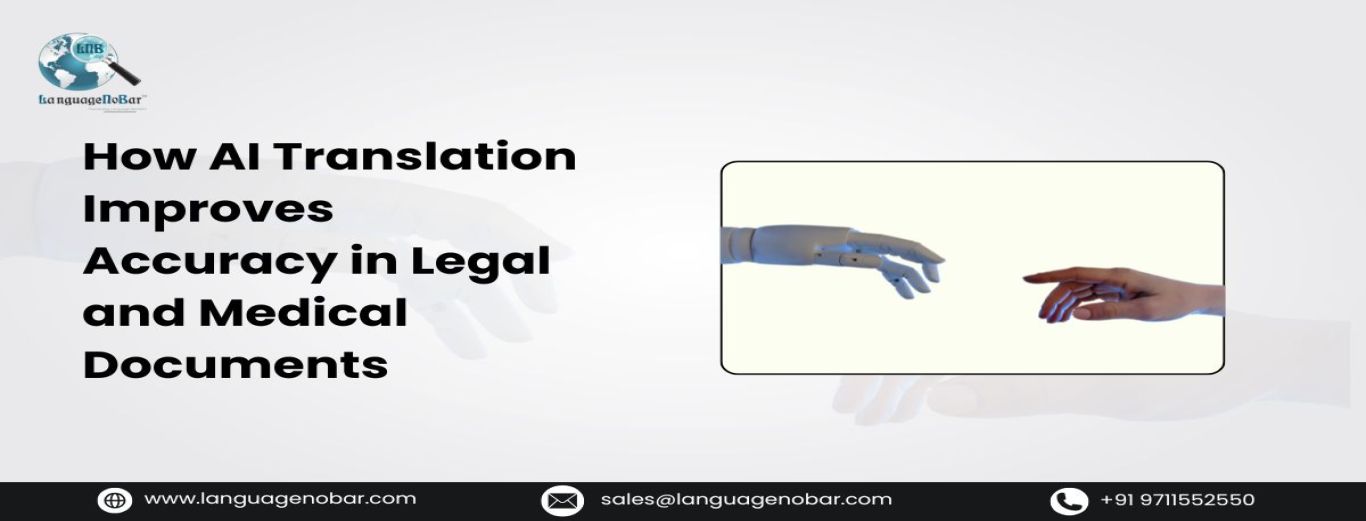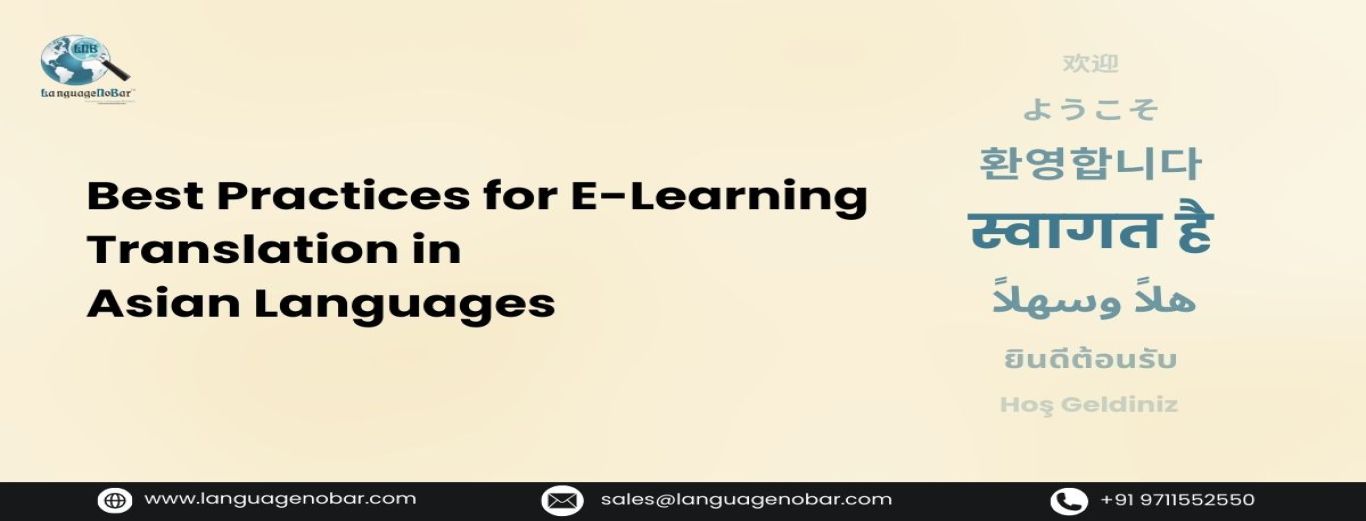Top Languages Spoken in Mumbai in 2024
- Blog
- Comments (0)
Top Languages Spoken in Mumbai in 2024
Image Credits: Wikipedia
Mumbai is the largest city of Maharastra, which is also known as the city of dreams. Well known for its overwhelming population count, Mumbai is indeed one of the most highly populous cities on earth. Its social population as of now, according to inhabitants estimation, is approximately 22 million but by the year 2030, it is estimated to hit 28 million.
The crowd of the multicultural city of Mumbai accepts multilingualism happily. It has more than 16 major language-speaking people and thus can boost having many people with multiple language-speaking skills. Among all the languages identified Marathi, Hindi, Gujarati and English are prominent on the list. These languages also occupy some importance in the wider state of Maharashtra as well.
Beyond these official languages, Mumbai has its own unique dialect: Bambaiya or Mumbaiya. A popular mixture of Hindi, Marathi, and English, Bambaiya is an intersectional regional language used by the people there. Having many languages spoken in Mumbai, the city provides interesting opportunities for translation agencies. Moving to the next blog post, let’s explore the main languages used in Mumbai in 2024 more closely, examining the best translation services in Mumbai.
Various Languages Spoken in Mumbai
Marathi is the only official language of Mumbai and the native language of this rapidly ‘emerging financial hub of India with approximately 42% of the people who speak Marathi. Second comes Hindi in which nearly 30% of the population is fluent.
Mumbai is also one of the top five cities where Gujarati is spoken and 19% of Mumbai's populace speaks Gujarati. People from every corner of the country have availed immigration to Mumbai and thus integrated Indian cultures and languages. Besides the four major languages of Mumbai, many other languages have also found places such as Konkani, Tulu, Parsi, Kannada, Telegu, Tamil, Arabic, Bengali, Oriya, Urdu, Bhojpuri and so on.
The two most dominant languages for communication that you can listen to daily whether it is in Mumbai local trains or a shopping mall are English and Hindi. As the saying goes, the language is learnt in a week, if you wish to survive in the city then knowing any of these two language is adequate.
The literacy level of the city is 86% and it means that most part of of the population can easily comprehend English or what may be called Hinglish.
Mumbaiya Hindi
Mumbai, the metropolis of seven islands, has its own dialect of Hindi, known as Mumbaiya or Bambaiya Hindi. This local dialect is well-known throughout India and can frequently be featured in Bollywood films.
Among the various neologisms derived from Bambaiya Hindi, the word "bindaas" was added to the Oxford English Dictionary. It is thought to have originated from the Marathi word "bindhast," which means relaxed or without fear.
Bambaiya Hindi, also known as Mumbai slang, is commonly heard because it is spoken by Mumbai residents on a regular basis. It is also commonly referred to as Tapori Bhasha. Tapori means "vagabond" or "rowdy" in Hindi, and the language is generally impolite.
Impact of Other Languages on Marathi
Image Credits: Wikipedia
Marathi is also one of the official languages of Maharashtra; it is an Indo-Aryann language derived from Sanskrit by a dialect known as Maharashtra. These languages contain the same grammar structure as the other languages in the Indo-Aryan family of languages including Punjabi and Hindi.
But it is also accepted that Marathi took influence from Dravidian languages such as Kannada and Tamil, possibly due to geographic interaction.
It has also used borrowed loan words mainly from Persian, Arabic and Turkish during the Mughul rule including Portuguese English and a few Dravidian languages.
For instance, बटाटा (baṭāṭā) translated as a potato or vegetable is from the Portuguese ”batata”.
Different Types of Dialects in Mumbai
The region of the Marathi language is not limited to Maharashtra alone, it goes up to the western coast, south of Goa and Deccan in the east. It is in use up to the present day in the neighbouring states of Goa and Karnataka, in the districts of Telangana, Gujarat, Chattisgarh and wherever Maharashtrian influence was dominant.
Therefore, there are a number of variations of the Marathi language which brings in the necessity of Marathi translation services for businesses. Popular Marathi is spoken by the illiterate group, rural population, lower castes, and specific populace of Marathi speaking region and used in daily speeches, films, serials and more importantly used by the majority of people while on the other hand, Standard Marathi is the variety of Marathi used only by the educated group of people, journalists, newspaper, and the higher class of Pune only. Other dialects spoken in Maharashtra include Ahirani, Khandeshi Varhadi, Wadvali and Samavedi, the interior of Mumbai also has its own dialects.
Even though the constitution of India recognizes Konkani as one of the twenty-two scheduled languages, Konkani is seen as a dialect of Marathi in Maharashtra. It is also used in Goa and some areas of the southern states and also has variations.
A few dialects of the Marathi language including Bhavsar Marathi, Karwari, Chitpavani, Kudali, Dakshini and Deshi are spoken in some regions of the Southern states.
Conclusion
Mumbai's status as a magnet for immigrants from across India has enriched its linguistic landscape. As a thriving financial capital, the city's growth has fueled a demand for translation services. To cater to this need, numerous translation companies and language service providers have emerged.
LanguageNoBar stands as a prominent translation services provider in Mumbai. Offering professional website translation services in over 250 languages, including Marathi, Hindi, Chinese, Japanese, and French, we are equipped to meet diverse content needs.

